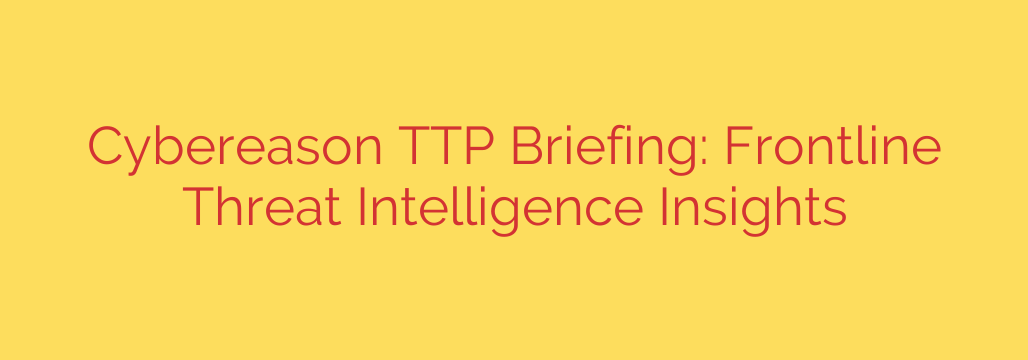
Understanding the current landscape of cyber threats is paramount for effective defense. Frontline intelligence provides crucial insights into the constantly evolving tactics, techniques, and procedures (TTPs) that malicious actors employ. By analyzing observed attacker behaviors in real-world incidents, security teams gain a critical advantage in predicting and disrupting future attacks.
Recent observations highlight a significant shift towards more sophisticated and evasive methods. Threat actors are not solely relying on novel malware but are increasingly leveraging legitimate tools and native operating system utilities – often referred to as living-off-the-land binaries (LOTLBs) – to carry out their malicious activities. This makes detection based purely on signatures much harder.
Initial access remains a primary focus for attackers, utilizing various vectors including phishing campaigns, exploiting vulnerabilities in public-facing applications, and even purchasing access from initial access brokers. Once inside a network, the focus shifts to lateral movement, exploring the environment to locate valuable data and identify systems for further compromise. Techniques for persistence, ensuring continued access even after reboots or credential changes, are also becoming more varied and stealthy.
Ransomware continues to be a pervasive and damaging threat, with groups constantly refining their approaches to encryption, negotiation, and data exfiltration. Understanding the specific TTPs used by prominent ransomware families is essential for developing targeted defensive strategies.
For organizations to effectively counter these threats, a deep understanding of attacker TTPs is required. Focusing defense efforts on detecting and responding to behaviors, rather than just known malicious files, enables security teams to identify even novel or customized attacks. Threat hunting and proactive analysis of network activity are vital components of a robust security posture built on current intelligence. By staying ahead of attacker methodologies, organizations can significantly enhance their resilience against the most impactful cyberattacks.
Source: https://www.cybereason.com/blog/ttp-briefing-jan-may-2025








